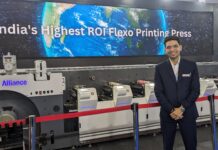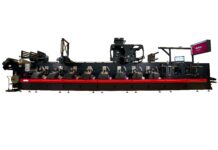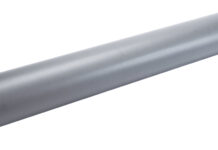The seventh edition of the Label Manufacturers Association of India (LMAI) conference and its silver jubilee celebrations took place from 3 to 6 July 2025 in Udaipur. Building on the 2023 edition, which was full of expectations, the 2025 edition was fueled by innovations and collaborations. Digitally elevated in several aspects, the conference featured an array of speakers discussing advancements in substrate compatibility, hybridization of conventional technologies, printing methodologies, and how premiumization combined with sustainability is the driving force behind the Indian label Industry.
Inaugurated at the Fairmont, Udaipur, with a traditional welcome, the LMAI conference 2025 was bigger in scale and attendance in comparison to previous editions. Stéphane Royere, head of business area, packaging and print, Kurz, delivered the keynote address. VS Raveendran of Sel Jegat, based in Sivakasi, was conferred with the LMAI Lifetime Achievement Award 2025. The conference brought together key players in the Indian label industry — OEMs, converters, and suppliers and set the tone for Labelexpo Europe 2025 in Barcelona from 16 to 19 September.
With Kurz India as the Platinum sponsor and Avery Dennison as the Elite sponsor, along with several industry supporters, the event highlighted new solutions, technologies, and the circular economy. A realistic approach was more visible this time as several speakers cautioned, “Sustainability, if not profitable, may not be adopted.”
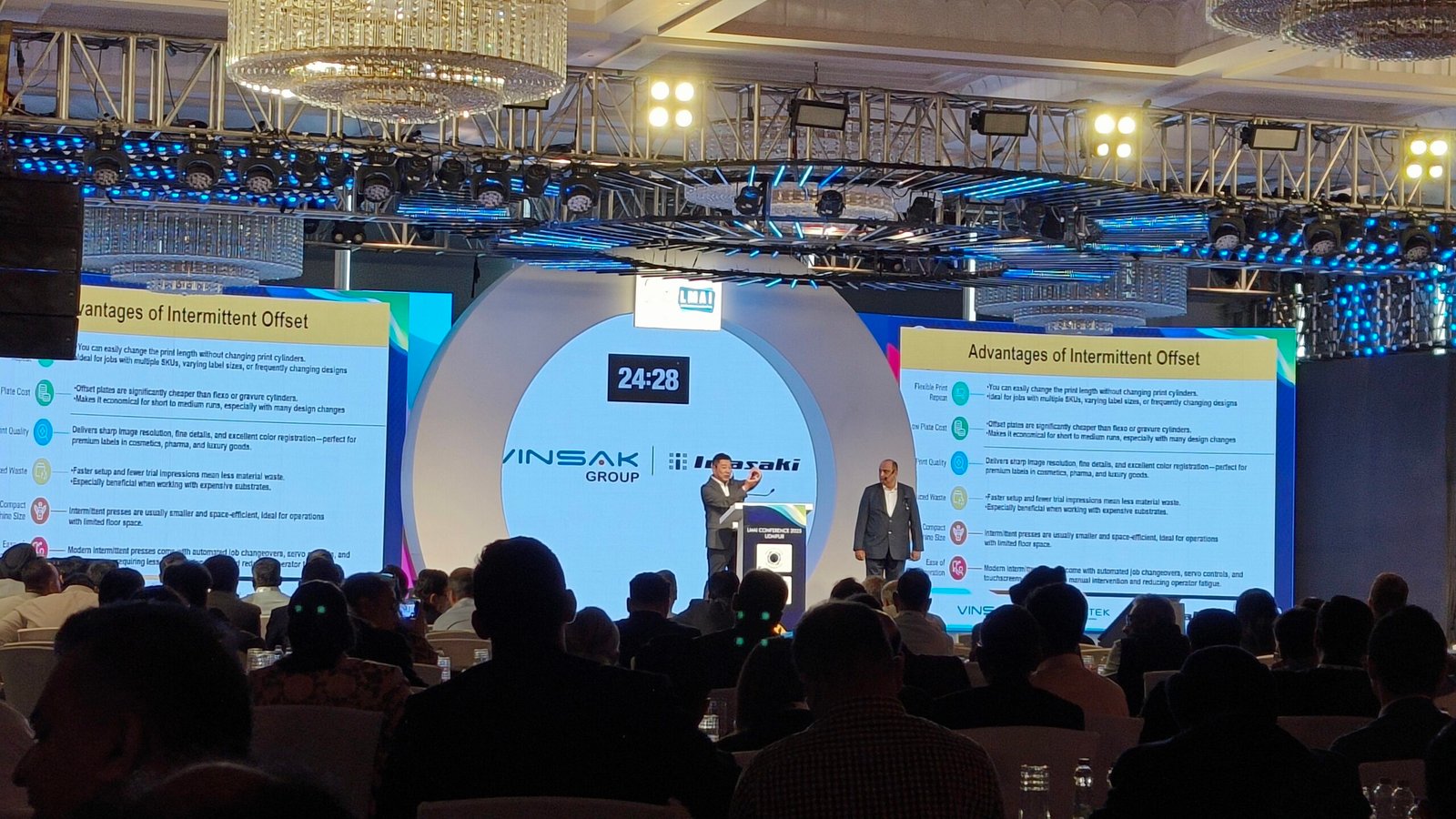
Speaking about the label industry’s direction, Jitesh Mehta of Avery Dennison said every physical product would have a digital clone. “The future is digital with physical and the beverage industry is the biggest driver of trends and demands. There is a need for an ecosystem connection among brands, design, supply chain, and recyclers to enhance knowledge sharing and feedback.”
In their presentation, Ranesh Bajaj, MD, Vinsak, and Naoki Ogawa, sales director at Iwasaki said, “Offset is evolving as demand is moving towards short and medium runs. Intermittent offset allows converters to print multiple products with minimal changeover. It’s fast, lean, and ideal for high-SKU segments.”
Bajaj highlighted that the oldest label offset press has been running for 42 years, while Iwasaki’s has been running for around 70 years. He said that run lengths and color control have been significantly enhanced in offset production, together with decreased power consumption and minimum wastage.
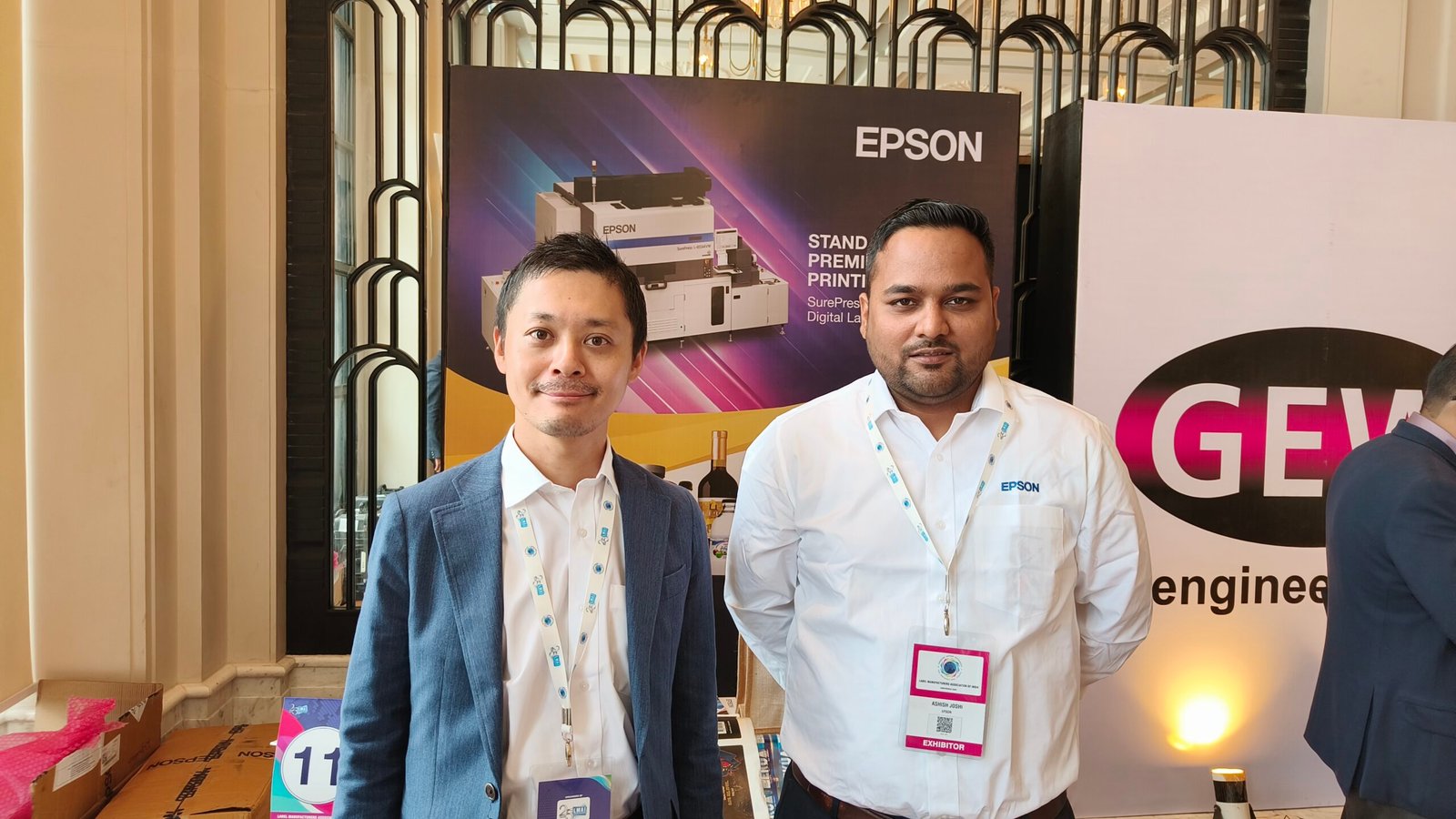
A Appadurai, country business manager, Indigo solutions at HP, in his presentation, pointed out that quick commerce has affected consumer behavior. Short runs and on-demand products are shaping trends. “Small is the new big and defect detection will be the key in managing quick supplies. AI-integrated processes will be the biggest asset.”
Eisuke Morishita, senior manager, sales and marketing at Epson India, commented, “Digital print shouldn’t just be fast, it should be perfect. PrecisionCore printheads ensure that every dot, font, and barcode lands right. Epson’s UV inkjet platform — from heads to RIP, and software to inks — is vertically integrated. That means less waste and more efficient color control. High-opacity white, variable data, varnish capabilities, and low-migration UV inks make Epson’s SurePress ideal for pharma, cosmetics, and niche FMCG labels.”






